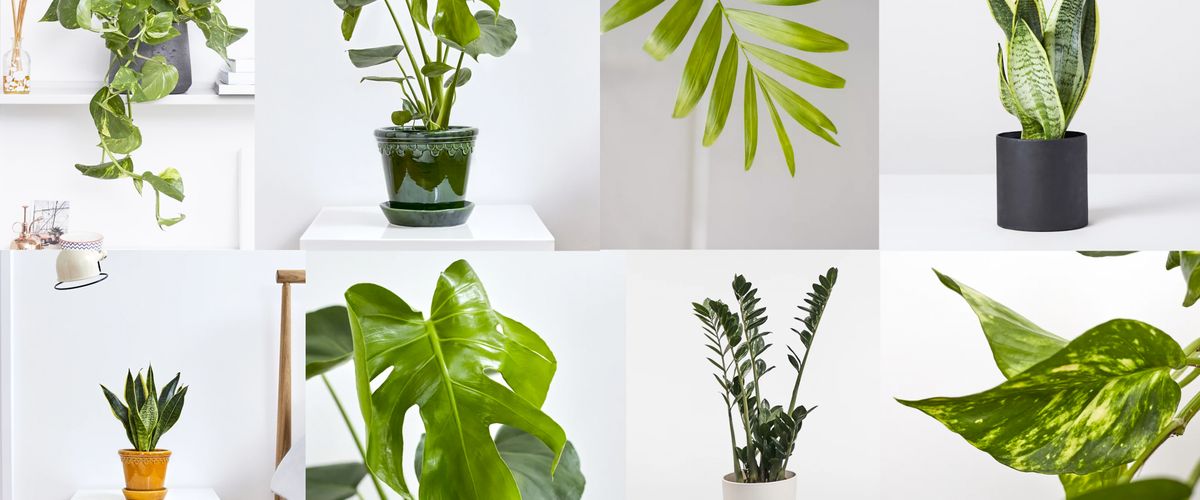You had me at oxygen, but tell me more about plants
Minh-Thuy Nguyen (ENG’15, MED’21) bought her first plant during her first year of medical school as a result of a NASA research. The research showed that certain plants absorb volatile chemicals, clear the air, and provide better sleep due to increased levels of oxygen at night. Minh continued buying plants, particularly after each school exam. Over the last three and a half years, Minh has collected over 150 species of plants in her Boston apartment.
Interesting in being a guest writer? Email us at alumsoc@bu.edu
You must have landed here because you have some interest in plants. Well, let me make you even more interested by talking about the benefits of plants/planting! Then, we can talk about some easy, forgiving, non-succulent plants to kick start your indoor jungle.
Let’s get started.
After moving to Boston, I learned about the “sick building syndrome” which consists of nonspecific health or comfort-related symptoms related to being inside a building1 and realized what if the air indoors was also polluted. It turns out that there are many harmful chemicals indoors and houseplants can clear some of these harmful chemicals according to a study by NASA in 1989.2 Later, I learned about these other benefits of plants that I want to share with others to improve their health.
Indoor plants improve air quality by removing: trichloroethylene—a liver carcinogen. Formaldehyde—an irritant contribute to allergic contact dermatitis and asthma. Benzene—an irritant that affects multiple systems in the body and potential carcinogen. Xylene—an irritant that also affects multiple organ systems. Ammonia—an irritant of mainly the eyes and respiratory tract.
Having indoor plants diversify microbiomes, which are a collection of bacteria in an environment, by introducing plants’ microbiomes to prevent overgrowth of a single pathogen that could make someone sick. An example of a non-diverse microbiome would be after taking antibiotics for say strep throat a woman may develop a yeast infection because the normal bacteria have been eliminated by the antibiotic leaving yeast to thrive. Therefore, it is beneficial to have counteracting microbiomes.3 (One caveat is that if you are someone who is considered immunocompromised with a predisposition to be in the hospital often such as individuals who just received a lung transplant then you should not introduce any new bacteria. Your condition may worsen.)
Indoor plants humidify the air via transpiration. Increasing humidity help make your throat more comfortable and less irritated especially during dry winter months.4 Although, sometimes, the air may be too dry so you might invest in a humidifier, which helps you and your plant thrive in the winter.
For people suffering from asthma, houseplants have been shown to increase peak expiratory flow rate5 which is desired for patients with asthma.
Having more greenery lowers mortality by 12% in women according to an 8-year Harvard T.H. Chan School of Public Health and Brigham and Women’s Hospital study in 100,000 women. The study also showed a 35% decrease in respiratory disease and a 13% lower rate of cancer. The authors of the study suggest that it could be due to increased physical activities associated with taking care of plants, increased social interaction when talking about plants with other people, and reduced exposures to harmful exposures such as air pollution, noise, and even extreme heat.6
Planting reduces stress/anxiety and lowers blood pressure as suggested in a randomized crossover study comparing participants who performed either a computer work task or potting plants to a new container. Those who were potting plants felt more comfortable and had lower blood pressure than those who worked on the computer.7
Plants/planting improve cognitive skills: Improve cognition in elderly patients with dementia.8 Improve concentration when the office has plants compared to no plants.9 Improve attention and comfort in elementary school children when children look at real foliage vs artificial or none.10 Improve short-term memory and mood in people suffering from major depressive disorder after a walk in the park.11
Having plants improve self-esteem as others enjoy plants and may compliment or ask advice which helps the grower enjoy being in such a community.12
Maybe that was long, but if you had to convince your significant other, parents, or whoever is asking why you want to get a plant you may say plants clear the air of bad chemicals lowering our chances of getting sick, may help women live longer, and improve mental health making me an overall happier, more focused, confident person-or something along that line.
So now, you are ready to get a plant!
The most forgiving plants
Peace lily plant
The best communicator
Clears 5/5 chemicals on the NASA plant list, droops when need water, and revives within a few hours of watering. Price: $20-25 for one gallon. Bigger means more surface area to clean the air.
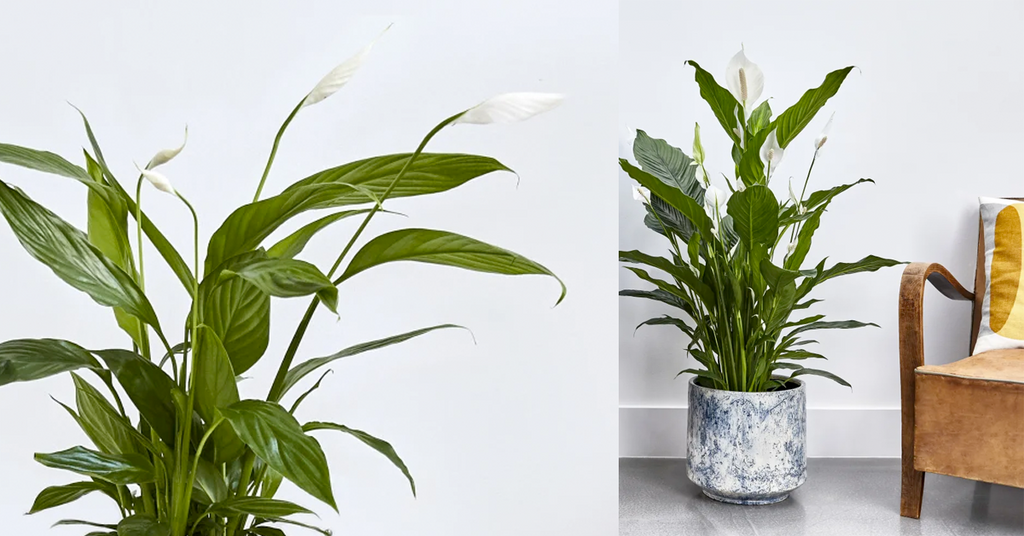
Variegated Snake Plants
The most resilient
Clears 4/5 chemicals on the NASA plant list, looks amazing, can go a long time without water even if you go on a 3-week vacation.
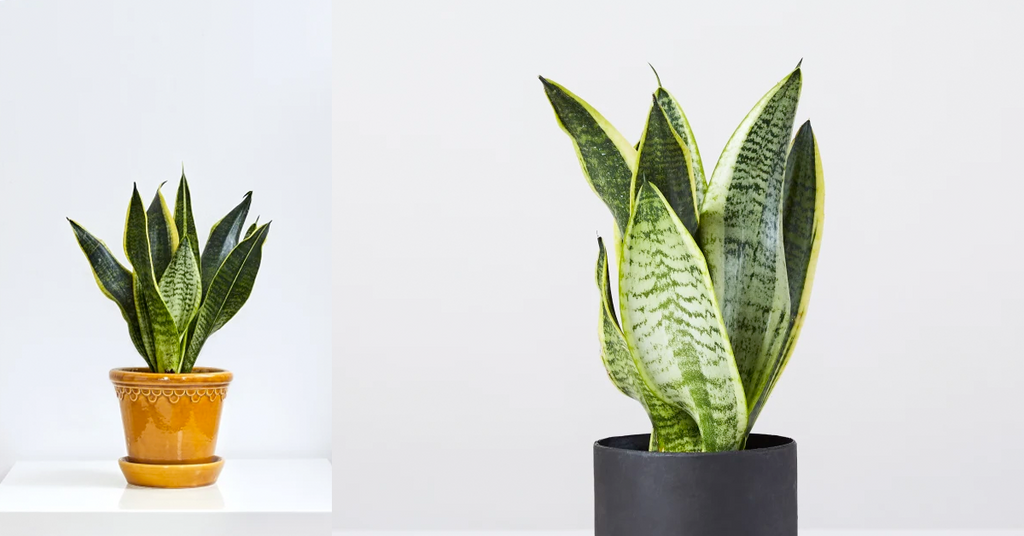
Golden pothos
The devil’s ivy
Clears 3/5 chemicals on the NASA plant list, if you mess up, you can put up the stems and insert the node where the leaves come out into the water to root and propagate the plant or train it to climb and cover the wall.

ZZ plant
Not on the NASA plant list, but if you forget about it, it will still survive even in low light. For growth, you should give it more light. It can grow up to be very massive and then you can the stem and put into a vase.
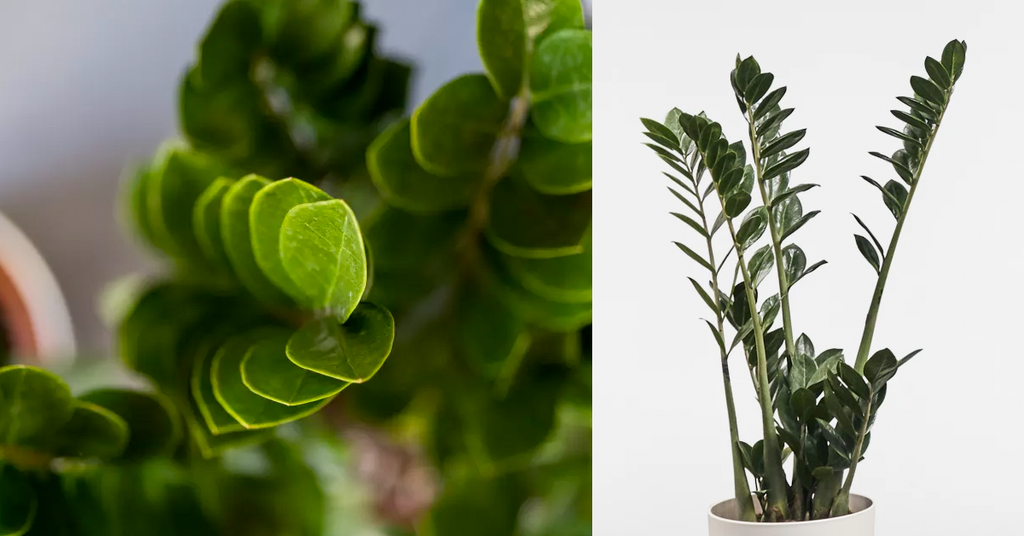
Monstera deliciosa
The Swiss cheese plant
Not on the NASA plant list but it is a very showy large attention-grabbing plant that you can also propagate and give to friends and family. If you add a moss pole, it will grow vertically instead of taking up more floor space.
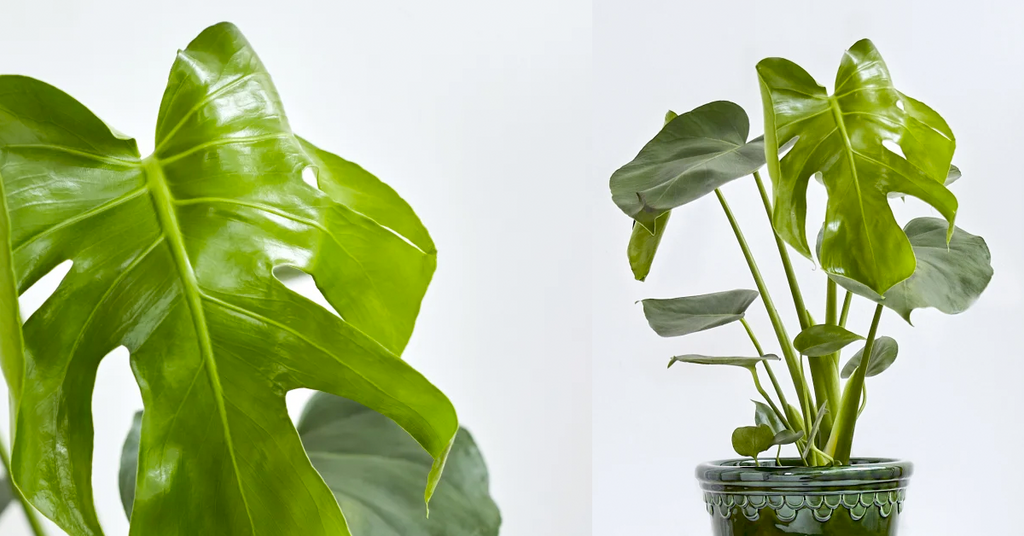
Pet friendly plants
Boston fern
Clears 2/5 chemicals on NASA plant list, a beautiful bush plant that needs good humidity and light.

Spider plant
Clears 2/5 chemicals on NASA plant list, a nice hanging plant that needs a good amount of light.
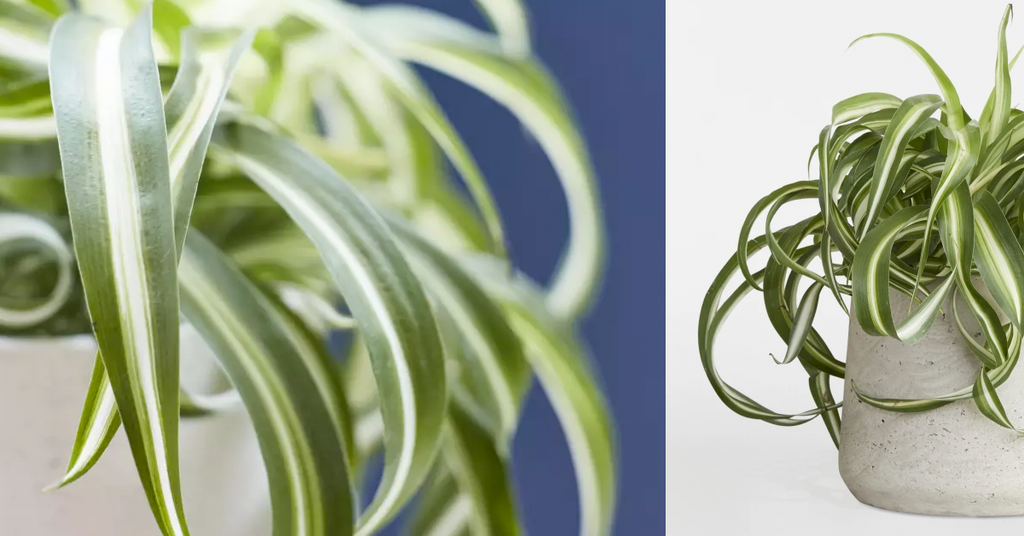
Maranta
The prayer plant
Not on NASA plant list, but has the most beautiful colors and patterns.

Parlor palm
Not on the NASA plant list, but it really adds a tropical feel to the home and pretty easy to care for.

Click here for more pet-friendly options.
Some additional thoughts
- If you don’t have any natural light from window consider getting a plant light.
- When you pick out a plant, you want to look for plump white-ish roots and some new growth indicating a healthy plant.
- Sometimes, the roots are too big for their current container; you may want to re-pot the plant in a slightly larger container.
- You can find plants at big stores such as Home Depot, Lowes, or Walmart or at smaller local businesses and nursery. If you can’t head out, you can even get plant mail through stores online or plant Facebook groups.
- Check YouTube videos for more tips and tricks.
There is so much more to know about plants, but don’t get overwhelmed. Growing plants is an adventure or a fun experiment. As long as you like it and it makes you happy, continue expanding your jungle and learn about the world of plants!
